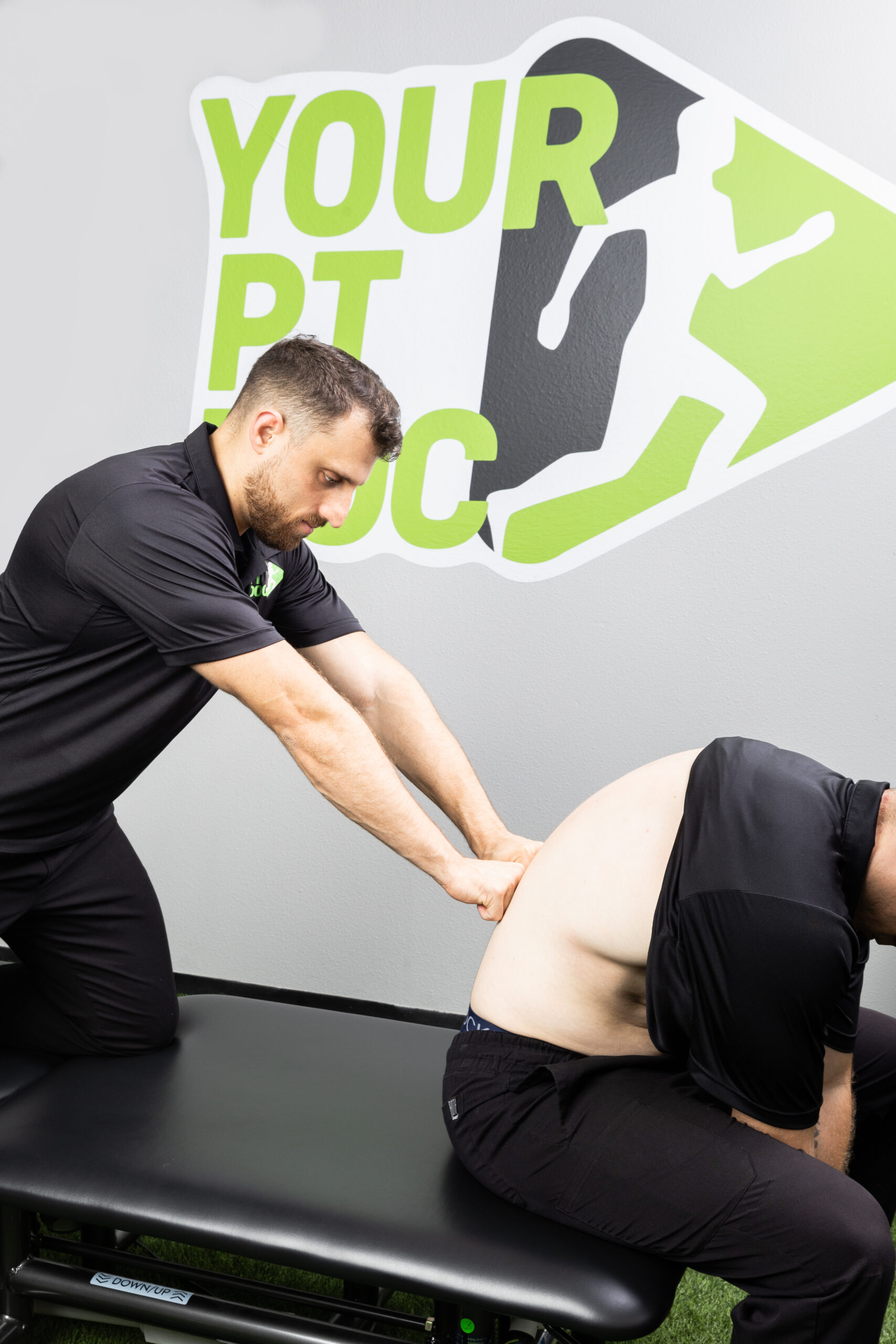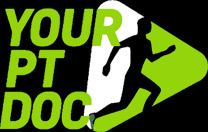Foot & Ankle Pain

Is Ankle/Foot Pain Making It Difficult to Walk, Run, Jump, Descend Stairs, or Perform Your Normal Work or Home Duties?
Does this describe you?
- You expected the discomfort to disappear after a few days or weeks, but it didn't.
- You tried heating pads, ice, and home TENS machines, but nothing worked?
- You had a couple of massages, but the discomfort reappeared after a few days.
- You went to a doctor, who took some photos and gave you an injection or advised you to take some medications, but the relief was short-lived?
- You've tried physical therapy before, but it didn't work?
- You've determined that you'll be fine if you just avoid the painful activities.
We Are Here to Assist You in Finding Long-Term Solutions!
We Treat the Following Common Ankle/Foot Conditions:
- Arthritis
- Ankle Sprain
- Plantar Fasciitis
- Posterior Tibial Tendinopathy
- Achilles Tendinopathy
- Midfoot Pain
- Morton’s Neuroma
The Most Common Causes
- Impaired Mechanics: joint stiffness or diminished muscular flexibility leads to a restricted range of motion, weakness, muscle imbalance, poor posture
- A sudden impact or load on the tissue causes an injury.
- Chronic compensations: a previous injury or fear of future harm might cause avoidance of activity in specific muscle groups while overuse of other tissues occurs.
Your PT Doc Approach
- Breaking the cycle of pain requires knowledge, manual therapy, and increased tissue mobility.
- Improve the mechanics of the area’s joints, muscles, and nerves during daily active duties and exercise/sport-specific activities.
- Load the tissue to increase strength, power, and endurance, ensuring that the tissues are ready for all required demands without concern of reinjury.
Treatments for the Ankles and Feet
- Reduce tissue inflammation through bracing, taping, and massage.
- Massage, instrument-assisted mobilization, cupping, dry needling, and stretching can all help to increase tissue mobility.
- Improve core, hip, and knee control to reduce irregular ankle forces.
- Strengthen the calf and intrinsic foot muscles.
- Restore full range of motion and improve joint nourishment.
- Improve your balance and single-limb control.
- Plyometric and functional activities (jumping, sprinting, cutting, squatting, climbing) should be increased.
- Improve your aerobic/endurance conditioning.
- Discuss appropriate footwear suggestions.
Important Concepts to Understand
- Tissues mend. The body is meant to repair itself, but occasionally our system gets stuck in the inflammatory phase of tissue repair and needs assistance to recover.
- The actual cause of discomfort is frequently unrelated to X-ray and MRI imaging results. On imaging, tissue injury that causes no discomfort or functional limits is possible. It is also possible to have pain with no apparent findings on imaging, which is frequently caused by nerve tissue oversensitivity.
- Soreness after exercise is undesirable but not necessarily a cause for concern. Actual strength gains necessitate a system overload, which causes micro-damage. When that tissue heals, it becomes thicker and stronger than before. Soreness should be utilized to determine whether the tissue is ready to take on an additional load, whether it should remain at the current level, or whether training intensity should be reduced until the tissue is more prepared.
- Returning to previous/desired activities through appropriate education, proper mechanics, and progressive tissue loading is nearly always possible.
What People Say About Your PT Doc

5 star review without a doubt the best PT doc in town. I was having trouble just getting out of bed and putting my shoes on in the morning, but after just the first visit Dr Gabriel had me feeling better already in JUST ONE VISIT ! Now 4 visits later I am able to return to my daily life. And ultimately get back into playing soccer 💪 Thanks Doc.
- CARLOS D.
El Dr grabiel es un excelente doctor en su profesión me quedo satisfecho de su trabajo a tratado a mi hija y la volvió a poner a jugar soccer después de no poder jugar por una molestia en la espalda lo recomendó 100%
- HELOY S.
I have been taking my son to Dr. Gabriel for the last year. He is a soccer player and has had injuries to his knees and his hip. Each time Dr. Gabriel diagnosed the injury and prescribed a course of physical therapy to bring my son back to full strength. He also gave my son exercises to do at home to decrease the possibility of similar injuries reoccurring. I highly recommend using Dr. Gabriel and we will continue to do so.
- DENNIS B.
Previous
Next
Want To Get Relief Faster?
Choose which option works best for you
- 15201 Burnet Rd Building D. Austin, TX 78728.
- 737 259 6850
- admin@yourptdoc1.wpenginepowered.com
- Fax: 833 536 1744
- Clinic Hours
Monday-Friday: 6 am-8pm
Saturday & Sunday: 8 am – 6 pm
